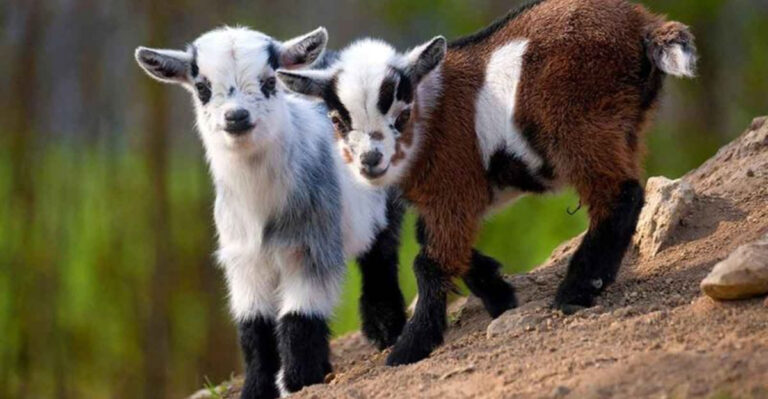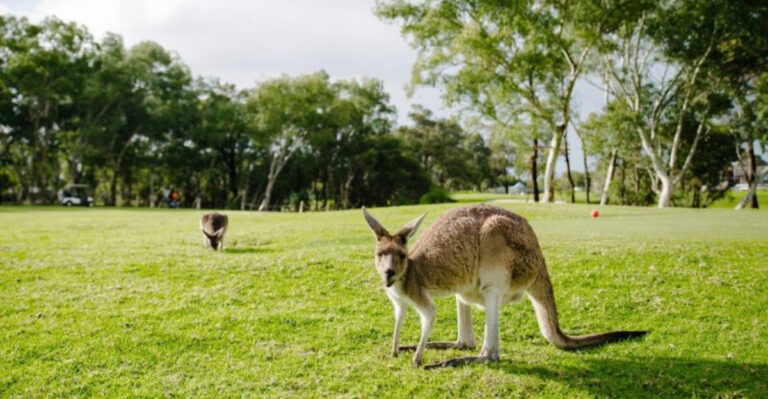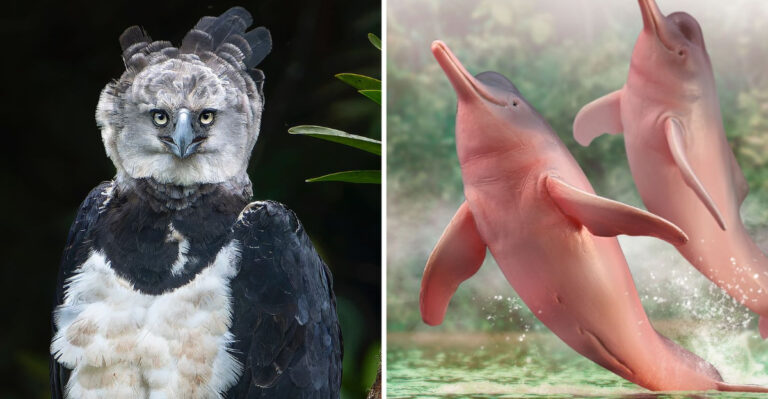Meet Stygimoloch, The Spiked Dinosaur That Might Not Even Be A Distinct Species
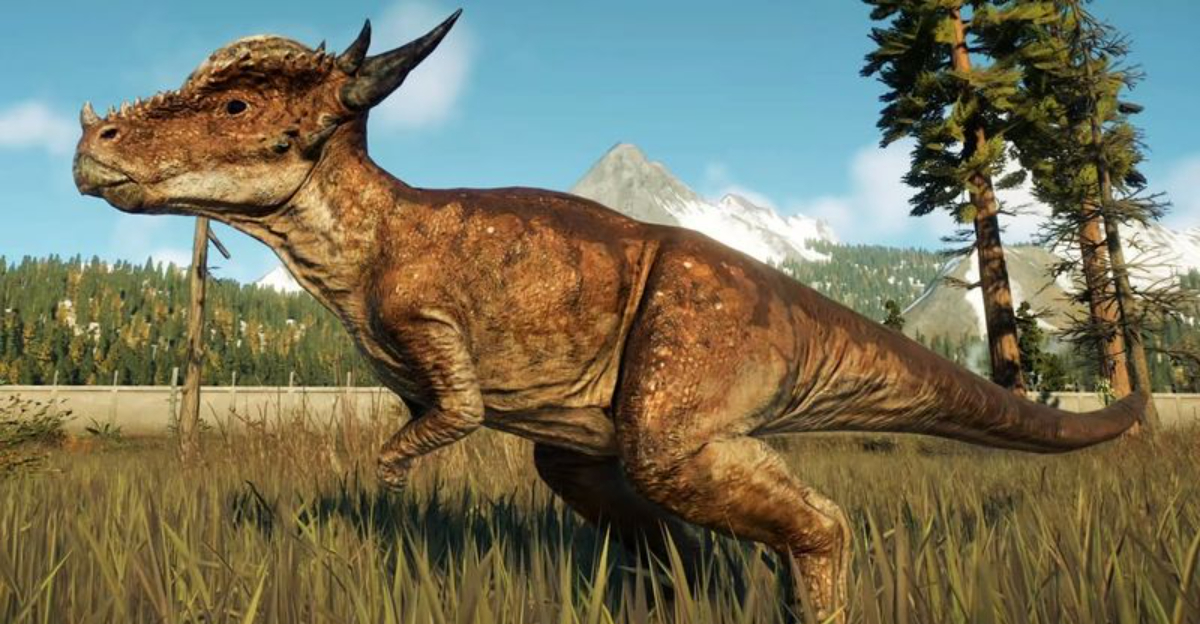
Imagine a dinosaur with a head full of spikes and a name that means ‘demon from the river of hell.’ That’s Stygimoloch, a creature that roamed North America about 66 million years ago.
Scientists have been fascinated by this unusual dinosaur since its discovery in the 1980s, but there’s a twist in this prehistoric tale.
Recent research suggests Stygimoloch might not be its own species at all, but instead a teenage version of another dinosaur called Pachycephalosaurus!
The Spiky Head Club
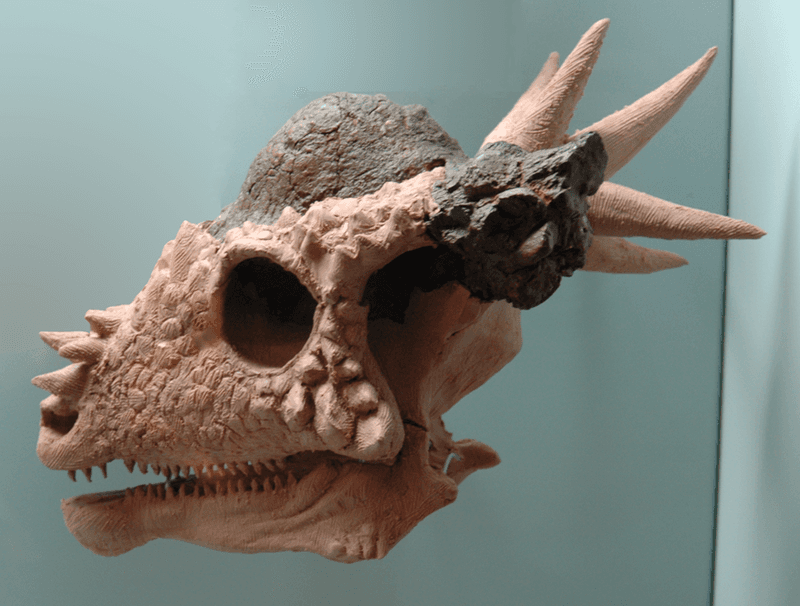
Stygimoloch’s most striking feature was its thick skull dome surrounded by large, pointy spikes that could grow up to 4 inches long. These weren’t just for show – they likely served as natural weapons.
The arrangement of these spikes formed a sort of natural crown around the dinosaur’s head, making it look like it was wearing a punk rock hairstyle. Scientists think male Stygimolochs might have used their spiky heads to headbutt each other during mating competitions.
Unlike other dinosaurs with armor all over their bodies, Stygimoloch concentrated all its defensive hardware on its head, making it unique among its prehistoric peers.
Name From The Underworld
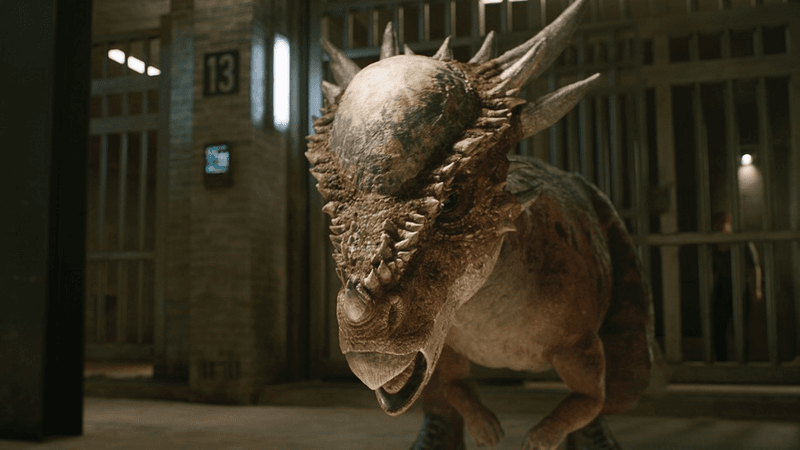
The name ‘Stygimoloch’ comes from combining ‘Styx’ (the river of the underworld in Greek mythology) and ‘moloch’ (a Hebrew word for sacrifice). When paleontologist Peter Galton named it in 1983, he thought its spiky appearance deserved a devilish name.
Legend has it that Galton exclaimed, “This thing looks like it came straight from hell!” when he first examined the fossil. The dramatic name reflects both the dinosaur’s fierce appearance and the dark, muddy environment where its remains were found.
Few dinosaurs have names with such dramatic mythological connections, making Stygimoloch stand out in paleontological circles.
Teenage Dinosaur Drama
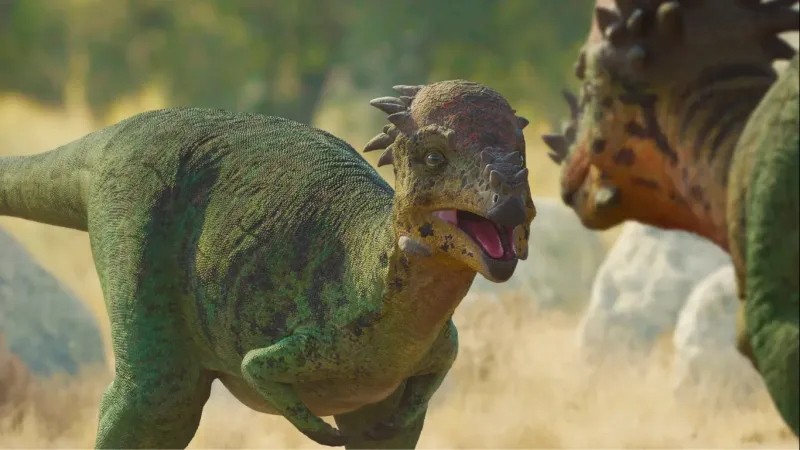
Here’s where things get complicated! In 2009, paleontologists Jack Horner and Mark Goodwin dropped a bombshell theory: Stygimoloch might just be a teenage Pachycephalosaurus. By studying skull development, they noticed that as these dinosaurs matured, their skull features changed dramatically.
Young specimens had spiky heads with small domes, exactly like Stygimoloch. As they aged, the dome grew larger while the spikes shrank – matching adult Pachycephalosaurus skulls perfectly. It’s similar to how modern animals change as they grow up.
This discovery suggests we might have been giving different names to the same dinosaur at different life stages!
Fast-Moving Plant Eater
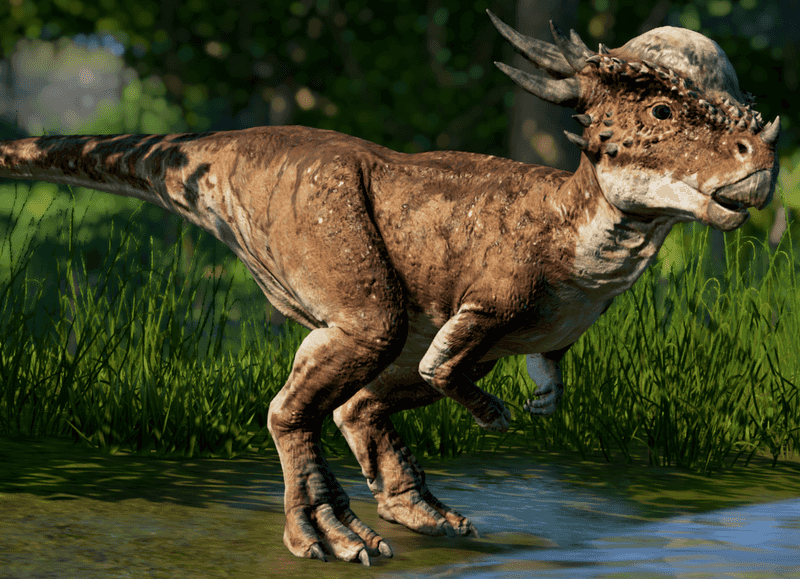
Despite its fierce appearance, Stygimoloch was actually a herbivore! Standing about 3 feet tall at the hip and measuring around 10 feet long, this dinosaur wasn’t particularly large by dinosaur standards.
Its slender build and long legs suggest it was built for speed, possibly to escape predators like T. rex that shared its habitat. Fossil evidence indicates Stygimoloch had strong leg muscles and was likely one of the faster dinosaurs of its time.
The combination of defensive headgear and quick movements would have made Stygimoloch a challenging target for hungry carnivores prowling the prehistoric landscapes of North America.
The Hell Creek Formation Mystery
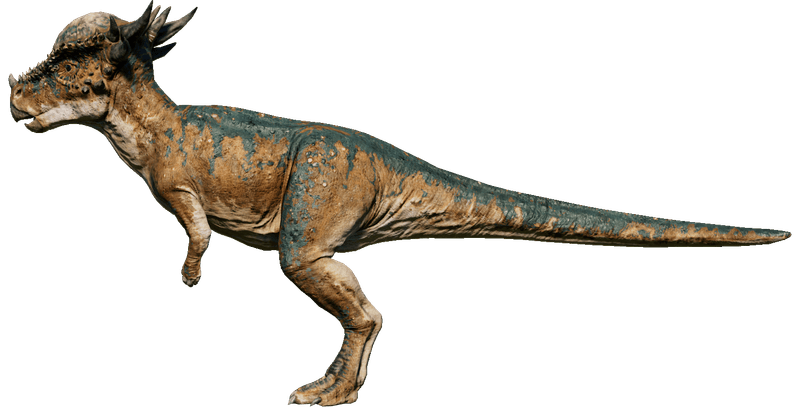
Almost all Stygimoloch fossils come from a famous dinosaur graveyard called the Hell Creek Formation, spanning Montana, Wyoming, and the Dakotas. This rock layer represents the very end of the dinosaur era – right before the asteroid impact!
Paleontologists joke that the formation’s hellish name perfectly matches Stygimoloch’s underworld-themed name. The rocks here preserve the last few hundred thousand years before dinosaurs went extinct, making Stygimoloch one of the last dinosaur species ever to walk Earth.
Finding Stygimoloch in this specific time period helps scientists understand dinosaur diversity just before the mass extinction event.
The Scientific Debate Rages On
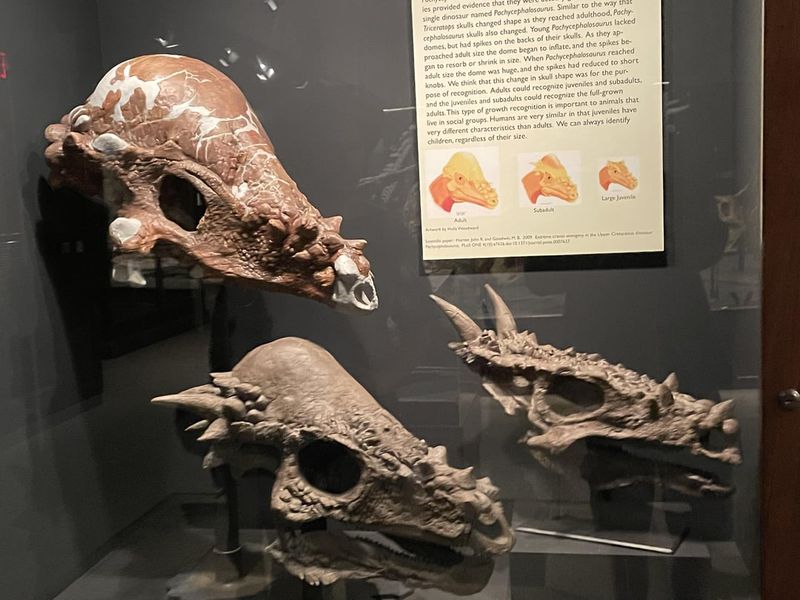
Not all scientists agree with the “Stygimoloch is just a teenage Pachycephalosaurus” theory. Some paleontologists argue that the differences between the two are too significant to represent mere growth stages of the same animal.
Skeptics point to features like spike patterns and skull proportions that they believe distinguish Stygimoloch as its own species. The debate gets heated at paleontology conferences, with passionate arguments from both sides!
This scientific controversy highlights how challenging it can be to classify extinct animals when we only have fossilized bones to study. Without observing living specimens, scientists must piece together clues from incomplete evidence.
Jurassic World Fame
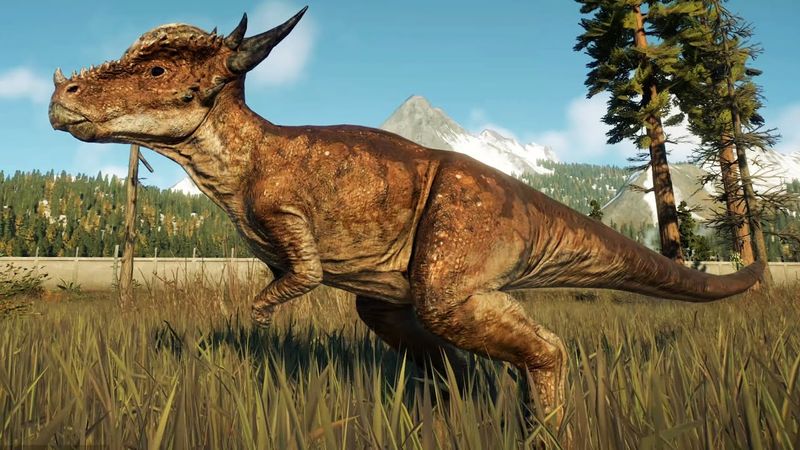
Stygimoloch rocketed to modern fame after appearing in the 2018 movie “Jurassic World: Fallen Kingdom.” In the film, a Stygimoloch nicknamed “Stiggy” helps the heroes escape by ramming into bad guys with its spiky head!
The movie portrayal, while entertaining, took some creative liberties with the dinosaur’s behavior and appearance. Real Stygimolochs were likely not as aggressive toward humans (which they never encountered) as shown in the film.
Nevertheless, this Hollywood appearance introduced millions of viewers to this unusual dinosaur, sparking new interest in pachycephalosaurs and dinosaur growth patterns among a generation of future scientists.
Brain Power Mysteries
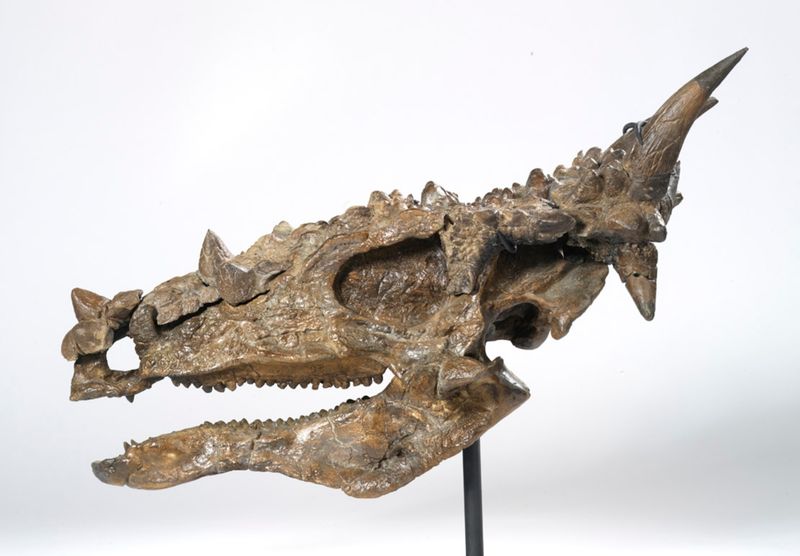
Those thick, dome-shaped skulls weren’t just for headbutting – they housed Stygimoloch’s brain too! CT scans of pachycephalosaur skulls reveal surprising details about their brains and senses.
Despite popular assumptions about dinosaur intelligence, Stygimoloch had a relatively large brain for its body size compared to many other dinosaurs. The brain regions associated with smell were especially well-developed, suggesting these dinosaurs had an excellent sense of smell – possibly for finding specific plants to eat.
Scientists have also identified inner ear structures that provide clues about how these animals balanced while running and potentially during head-ramming behaviors.
Dinosaur Family Tree Shuffle
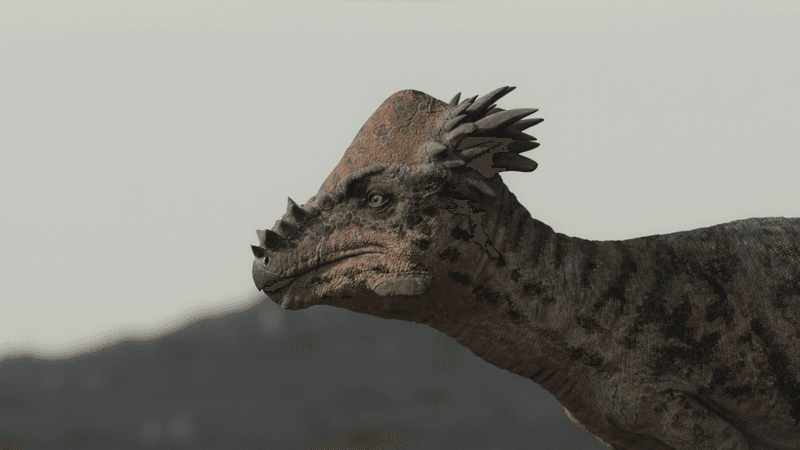
Whether it’s a valid species or not, Stygimoloch belongs to the pachycephalosaur family – the “thick-headed lizards.” These dinosaurs were closely related to the horned dinosaurs like Triceratops, forming a larger group called Marginocephalia.
Family connections get complicated when growth stages are involved! If Stygimoloch is indeed a juvenile Pachycephalosaurus, scientists would need to revise textbooks and museum displays worldwide. Some museums have already updated their exhibits to show the growth sequence.
This reclassification represents a common occurrence in paleontology – our understanding of dinosaur relationships frequently changes as new fossils and analytical techniques emerge.
The Case Of The Missing Body
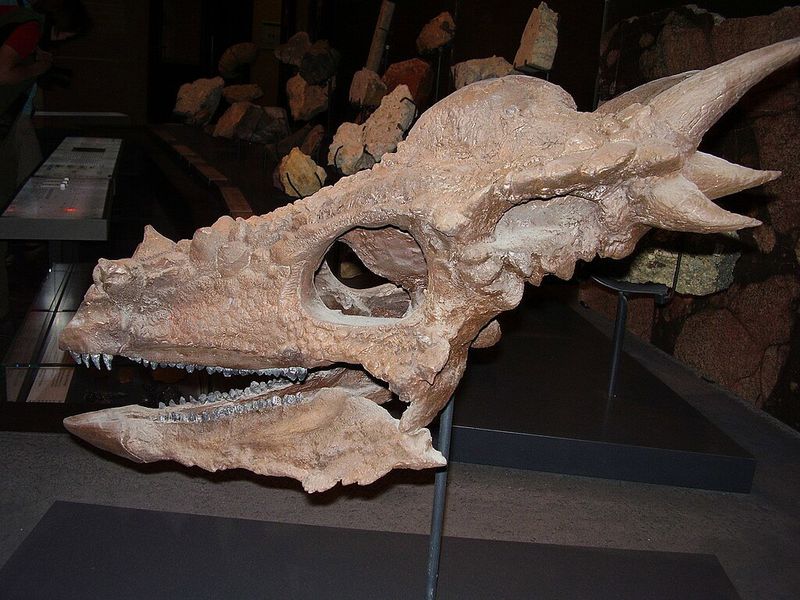
Here’s a fascinating paleontological puzzle: despite having several Stygimoloch skulls, scientists have found almost no body fossils! This strange situation has fueled the debate about its identity.
The lack of associated skeletons makes it harder to determine whether Stygimoloch truly differs from Pachycephalosaurus beyond its head features. Paleontologists have developed creative methods to compensate for this missing evidence, including comparative anatomy with related species.
Some researchers speculate that preservation bias might explain this mystery – perhaps the distinctive skulls were more likely to fossilize than other bones, or maybe collectors simply focused on finding the impressive spiked heads.


